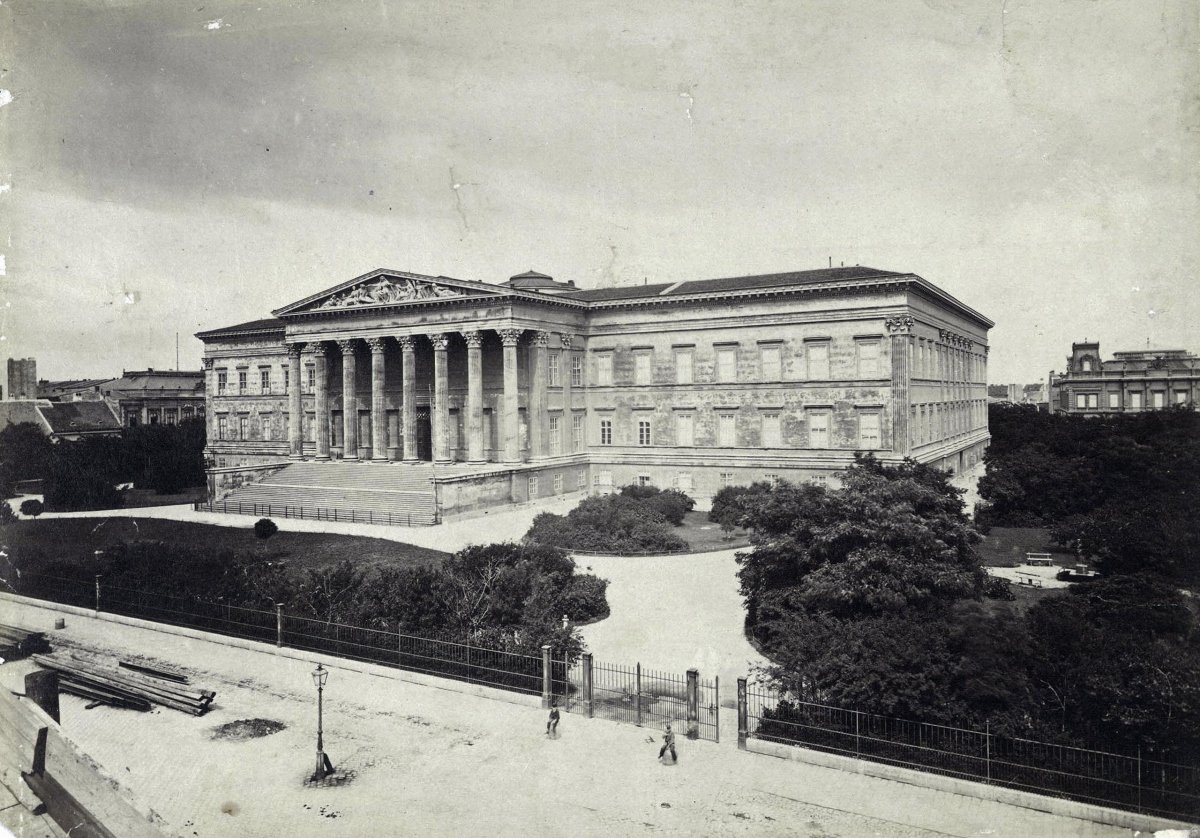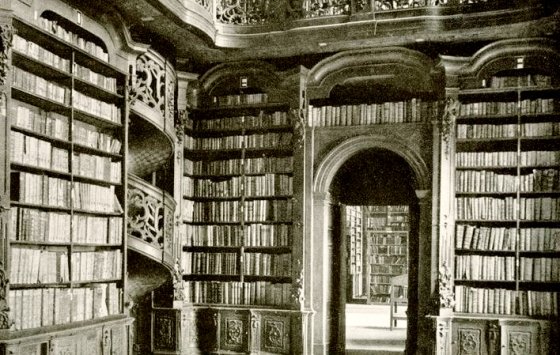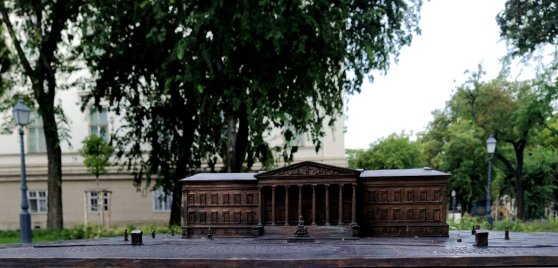 The „intertwined history” of the bridges and the city of Budapest
Which ideas and events have shaped the fate of bridges of Budapest and the cityscape? Alongside many other interesting facts, this question is also answered this newly published book by the Budapest City Archives, which introduces the history of bridges in Budapest.
The „intertwined history” of the bridges and the city of Budapest
Which ideas and events have shaped the fate of bridges of Budapest and the cityscape? Alongside many other interesting facts, this question is also answered this newly published book by the Budapest City Archives, which introduces the history of bridges in Budapest.
Ferenc Széchenyi
 It became the most important work of classicist architecture: the new National Museum opened its doors to the public 175 years ago
It became the most important work of classicist architecture: the new National Museum opened its doors to the public 175 years ago
January 24, 2023 at 5:00 PM
When the country's most important classicist building, the National Museum designed by Mihály Pollack, was completed in 1847, it took time to properly house the artefacts and books collected over the decades and to create the exhibition spaces. The classicist palace opened to the public 175 years ago, on 24 January 1848, but at that time no one thought that in less than two months the building would become the scene of events that would make it a national symbol forever.
The National Széchényi Library was founded 220 years ago
September 26, 2022 at 3:30 PM
After the foundation of the National Library 220 years ago, the donation of Count Ferenc Széchényi wandered for more than forty years, until it moved to its permanent place, the Hungarian National Museum. Later, the collection had to go from here as well, now Pestbuda will present the different locations in Pest.
The father of the Hungarian National Museum, Count Ferenc Széchenyi, died 200 years ago
December 21, 2020 at 9:00 AM
Among the noble families of Hungary, the Széchenyi's particularly contributed to the growth of Budapest. Works associated with István Széchenyi, the Chain Bridge and the building of the Hungarian Academy of Sciences are emblematic sites of the city, and his father, Ferenc Széchényi, can be tied to important institutions such as the National Széchényi Library and the Hungarian National Museum. The two respected institutions, which were one at the time, were founded in 1802 by Count Ferenc Széchényi as the third national collection in Europe. Today is the 200th anniversary of his death.
A place of secrets – A visit to the garden of the National Museum
September 20, 2020 at 12:00 PM
The Night of Artefacts was held this week in Budapest, Between 17–19 September. As part of the event, a walk entitled The Secrets of the Museum Garden was led by Béla Debreczeni-Droppán in the garden of the National Museum.
More articles
 The „intertwined history” of the bridges and the city of Budapest
Which ideas and events have shaped the fate of bridges of Budapest and the cityscape? Alongside many other interesting facts, this question is also answered this newly published book by the Budapest City Archives, which introduces the history of bridges in Budapest.
The „intertwined history” of the bridges and the city of Budapest
Which ideas and events have shaped the fate of bridges of Budapest and the cityscape? Alongside many other interesting facts, this question is also answered this newly published book by the Budapest City Archives, which introduces the history of bridges in Budapest.
 The Bridge Report, which brought a turning point in the history of Budapest
A travel report that changed the history of Pest and Buda, as well as Hungary. The little book contributed to the change of half a thousand years of legal customs and the implementation of an investment of unprecedented size and technical quality. This book was The Bridge Report [Hídjelentés in Hungarian].
The Bridge Report, which brought a turning point in the history of Budapest
A travel report that changed the history of Pest and Buda, as well as Hungary. The little book contributed to the change of half a thousand years of legal customs and the implementation of an investment of unprecedented size and technical quality. This book was The Bridge Report [Hídjelentés in Hungarian].
 Drama on the university wall - The heroic monument was planned 95 years ago
In the constant hustle and bustle of the Egyetem Square in Pest, the students may not even notice the monument that decorates the short section of wall between the church and the central building of ELTE. However, it commemorates their predecessors, the heroes who fought for their country in World War I, and those who heroically helped them. The first design of the dramatically collapsing soldier was born in 1928, ninety-five years ago.
Drama on the university wall - The heroic monument was planned 95 years ago
In the constant hustle and bustle of the Egyetem Square in Pest, the students may not even notice the monument that decorates the short section of wall between the church and the central building of ELTE. However, it commemorates their predecessors, the heroes who fought for their country in World War I, and those who heroically helped them. The first design of the dramatically collapsing soldier was born in 1928, ninety-five years ago.



